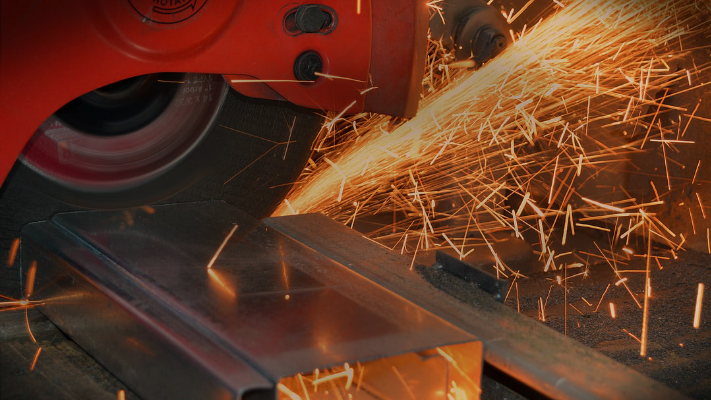What Do You Need to Know About Surcharges for Stainless Steel?
Leave a Comment
If you have ever worked with the financial side of the combined metals industry, then you probably know just how complicated things can get. Even if you’re not familiar with some of the exact details of the financial side of the industry, it’s important to understand some of the most common fees and surcharges that you can expect to come across at some point. One such surcharge is that of the stainless steel surcharge. Whether you’re looking for thin metal strips, thin steel sheets, or something more general such as copper and brass products, it’s a good idea to learn how to navigate surcharges. Here are a few things you need to know about surcharges for stainless steel products.
Stainless Steel Surcharges Fluctuate Based on the Market
As you probably know, the combined metals industry is quite a massive market across nearly all areas. As a matter of fact, were you aware that according to the U.S. Bureau of Labor Statistics, the metal fabrication industry is projected to add 12,000 jobs to the sector over this decade? These are no small numbers. Due to the widespread use of products made out of stainless steel, surcharges are used to mitigate the financial impact of sourcing the raw materials needed to construct stainless steel products that comply with industry standards and specifications. As a result, when you expect to pay stainless steel surcharges, you should expect them to be different all the time.
While there are many factors that go into determining the current surcharge rates, it’s a good idea to remember that size and form are typically two surcharge factors that remain fundamentally the same. Keeping up on the market by checking out relevant sources for thin metal strips and other combined metals can help you to avoid any unexpected price changes.
Raw Material Costs Are Also Prone to Fluctuation
It’s good to stay up to date on the costs of raw materials. If you’re planning to source thin metal strips for a particularly large upcoming project, for example, then knowing the costs of some of the raw materials needed to produce your thin metal strips may be of use. Even if you’re prepared to expend funds to meet demands, it’s always helpful to know what to expect in terms of surcharges.
If you have questions about stainless steel surcharges, or how you can obtain combined metals from a trusted supplier, please don’t hesitate to reach out and get in touch with a member of our team today. At Thin Metal Sales, we’re here to help you with each and every one of your combined metals needs. We can’t wait to hear from you.
What Makes Mill Test Reports So Important to Your Business?
Leave a Comment
Mill test reports provide essential information to all kinds of businesses operating within the combined metals industry. Mill Test Reports are used to measure quality assurance in the manufacturing and distribution of combined metals. These reports play an important role in nearly every aspect of the industry. But what makes mill test reports so important to your business? Here are a few things to take into account for your next mill test report.
Meeting Specifications Guarantees Quality
When you work with thin sheet metal, stainless steel, or aluminum of any kind, then you must be certain that you’re providing customers with materials that meet their specifications. As a matter of fact, this is the very reason that mill test reports exist in the first place. If suppliers are not able to meet the needs of their customers by proving their value through a positive mill test report, then it’s reasonable to assume that their time in the combined metals industry is limited. Whether you’re looking at heat codes, material grades, mechanical properties, or any other aspect of the mill test report, it’s crucial that you do your part to meet the specifications outlined by the industry. This is the only way you can assure all of your clients and customers that work is to be trusted.
Inspections Demonstrate Commitment to Excellence
The primary metals most often purchased by consumers include aluminum in a bar, tube, sheet, or plate form; hot or cold rolled steel; and stainless steel. With so many different types of combined metals to keep track of, clients want to know that you’re doing your part to ensure quality. With accurate mill test reports, you not only demonstrate your commitment to your clients’ satisfaction, but you also demonstrate your commitment to excellence within the industry. The right approach to mill test reports can lead to much more growth and business further down the line, as well.
Are you in need of more common metals such as copper and brass? Do you need something a bit more specific like 6061 aluminum? Do you have questions about how you can find the best combined metals on the market at fair and affordable rates? Well, all you have to do is reach out today and get in touch with a member of our team. At Thin Metal Sales, our team of experienced combined metals professionals is here to provide you with answers and guidance on your next purchase of aluminum, stainless steel, thin metal strips, or any other type of combined metal that you may need for your next big project. Contact us today for more information.

